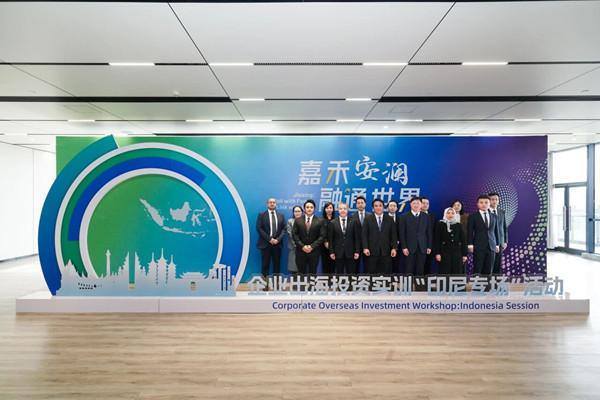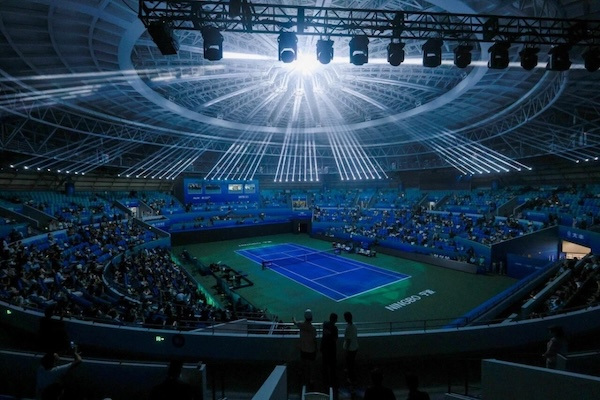I have been living in Shaoxing for nearly four decades. Orchid Pavilion (Lanting in Chinese pronunciation) in a suburb southwest of the city proper is one of my favorite destinations around the city of history and culture. I don’t know exactly how many times I have visited it, but the latest one was just a few days ago.
What was known as Ting (pavilion) in ancient China is not a roadside structure with a roof but no walls for travelers to take a break there. Ting in the Qin Dynasty (221-207BC) and the Han Dynasty (206BC-220AD) was a rural grassroots administrative unit. Ten Tings added up to a rural town. In the Han Dynasty, a postal office was set up at Lanzhu Hill in Shaoxing. It was called Lanting or Orchid Pavilion. Folklore has it that Wang Xizhi, Xie An, and many other celebrated people had their villas built there. Orchid Pavilion was destroyed several times in history. The present tourist destination is a restoration in the architectural style of the Ming Dynasty (1368-1644) constructed in the 1980s.
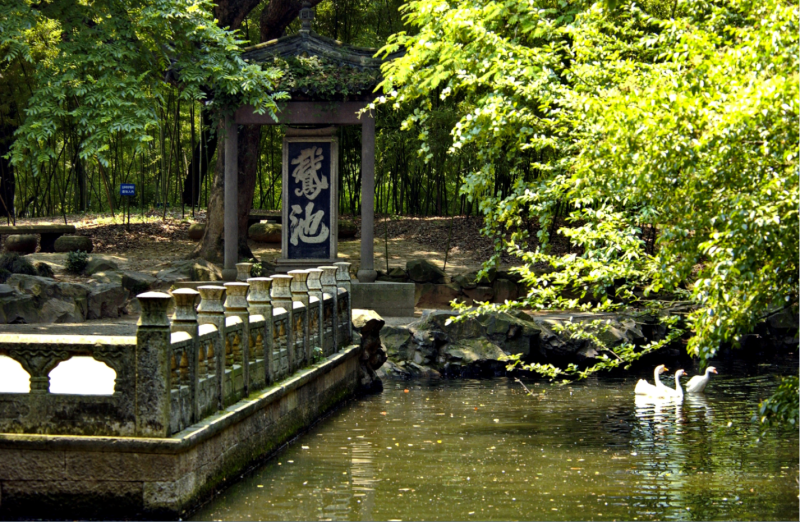
The scenic zone of Orchid Pavilion is composed of Lanzhu Hill (no more than 100 meters above sea level), Orchid Pavilion brook and a pond and a series of pavilions, scattered on the hill slopes or by the brook. Most of these pavilions house stone tablets which present artworks of calligraphy. One of the most outstanding stone tablets is a piece jointly created by Emperor Kangxi and his grandson Emperor Qianlong. On the obverse side is the complete text of copied by Emperor Kangxi in 1693. On the reverse side is a poem composed by Emperor Qianlong in 1751 during his visit to Orchid Pavilion.
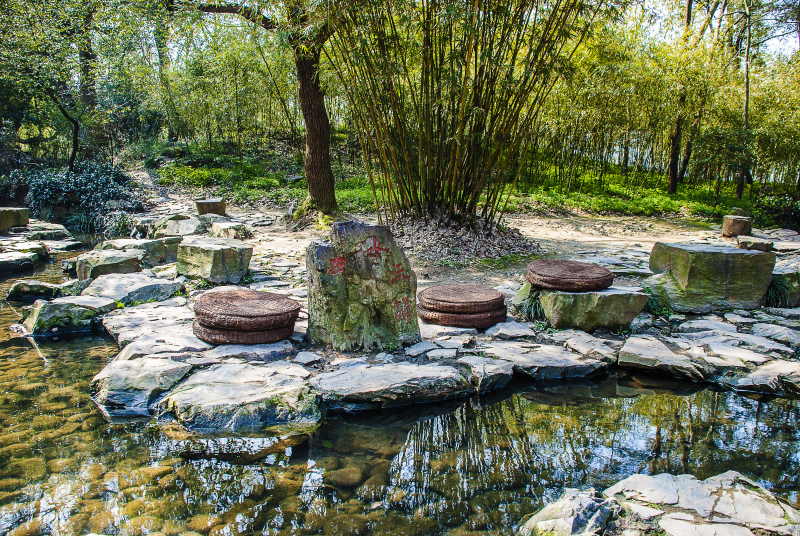
Lanzhu Hill boasted a nursery where King Goujian had orchids cultivated there more than 2,000 years ago. Then a defeated king living as a subject to the King of Wu State, Goujian submitted orchid flowers to the court of the Wu State. Now Lanzhu Hill boasts a forest of bamboos. At the foot of the hill is Orchid Pavilion Calligraphy Museum, which covers an area of more than 6,000 square meters. The museum has a large collection of works by calligraphers of yesterday and today. Exhibitions are held there at regular intervals. Orchid Pavilion also hosts a spring-day ceremony to honor the original gathering in 535AD.
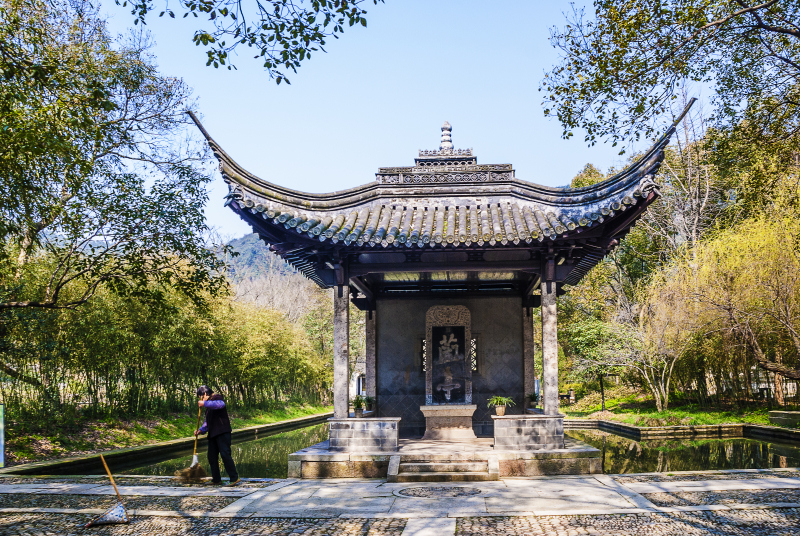
Also at the Orchid Pavilion site are a Wang Xizhi memorial temple and a pavilion called Liushang Pavilion named after the wine-sipping poem-composing ceremony held by a gurgling stream on the late spring day in 535AD. On the ground of the pavilion is a minimized 3D map of the stream. There is a brook zigzagging on the compound. A memorial celebration is held there annually in honor of the event in 535. At the event, some low tables and cushions are arranged by the brook where people can sit and write poems.
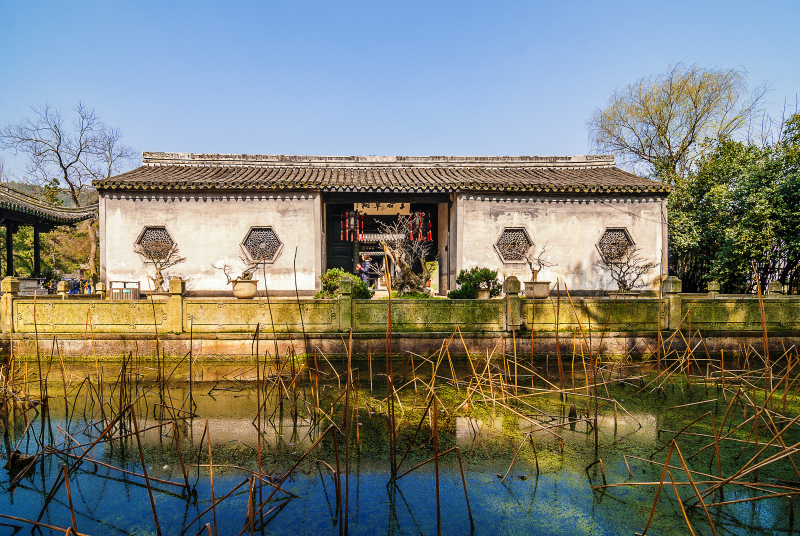
Shaoxing has probably the longest history of orchid cultivation in China. Naturally, the city flower of Shaoxing is the orchid flower. Lizhu and Tangdi, two rural areas near Orchid Pavilion, are home to some orchid cultivators. Orchid farming in this part of Zhejiang has been going on for more than a thousand years. In Orchid Pavilion there is a shopping area called 之镇, literally town of 之. This Chinese character appears in Wang Xizhi’s calligraphic masterpiece more than twenty times, each penned in a different way. Some potted orchid flower vendors are from Tangdi and Lizhu. On the day I was visiting, I ran into a promotional event held by a wine producer. The wine brand was the Orchid Pavilion Masters. I remember sipping the rice wine with some friends during our visit to Orchid Pavilion during the calligraphy festival in 2019. How we were delighted by the gathering and by the wine.

